It has always struck me as strange that when we think of the cars whose appearance we like, especially if we’re deciding whether to buy one or not, it’s always the exterior we find ourselves considering. Why? I guess it’s because, consciously or not, we’re keen to project the right image of ourselves. But the truth is that once our cars are bought, we spend hardly any time looking at them, whereas we literally live in their interiors, whose design by comparison we barely think through at all.
Yet interior design has undergone a revolution over the past generation. Time was when interiors were scarcely styled at all, at least from the point of view of the driving environment. Instruments were placed wherever was easy and a dashboard created around them. Then, in the 1970s and 1980s, a certain sense of ergonomic cohesion was gradually introduced, but it wasn’t until this century that mainstream manufacturers started thinking as hard about the look of their cars within as without.
And with good reason. First, an interior is far harder to design, because unlike an exterior which is just a relatively simple shape, an interior contains a whole host of competing interests, from dials and switches to the dashboard and infotainment system, all arguing over the same small amount of space.
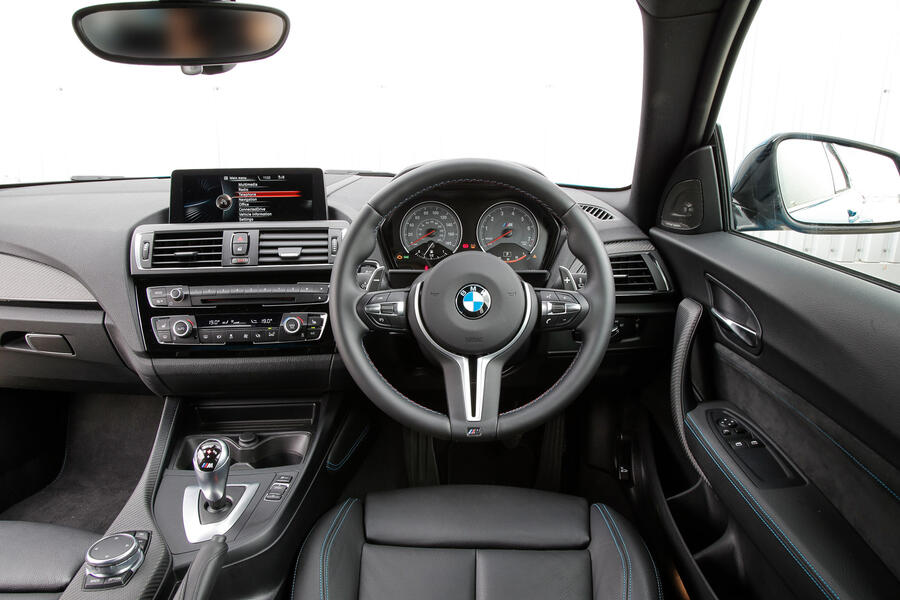
But as journeys have lengthened yet traffic slowed and we’ve spent more and more time looking at our interiors, merely making it functional was never going to be enough. It had to offer a pleasant place to sit and while away all that time. Not least because of the quality of the items with which we now fill out homes, be they sleek music systems, flatscreen televisions or smart and minimalist phones. It simply won’t wash any longer to leave that kind of environment and go and sit in the motoring equivalent of student digs.
There’s one more consideration: so much of a car’s exterior is now governed by the legislative rulebook that it’s becoming ever harder to create genuinely beautiful and distinctive exteriors, hence all those jelly-mould crossover SUVs we have these days. But there remains far more scope for creative expression on the inside, so that’s where car manufacturers keen on carving an identity for themselves are increasingly concentrating.
But so too is that job getting harder. Interiors aren’t exempt from the forces of law, but that’s really only where the problems start. There’s now so much stuff that we expect to find in our cabins that packaging it all within the legislative framework is becoming an increasingly fraught business.
Remember when you would get into your car and every single thing you needed to do, from adjusting the treble on your stereo to turning down the heating a touch, could be accomplished with a single action: the turn of a knob or the flick of a dial? Things are rarely so easy today. We live in an era where function follows form at a deferential distance, so the price paid for a nice, clean-looking fascia with the minimum number of controls is that even some quite fundamental functions require you to go rummaging around in endless menus to locate them.

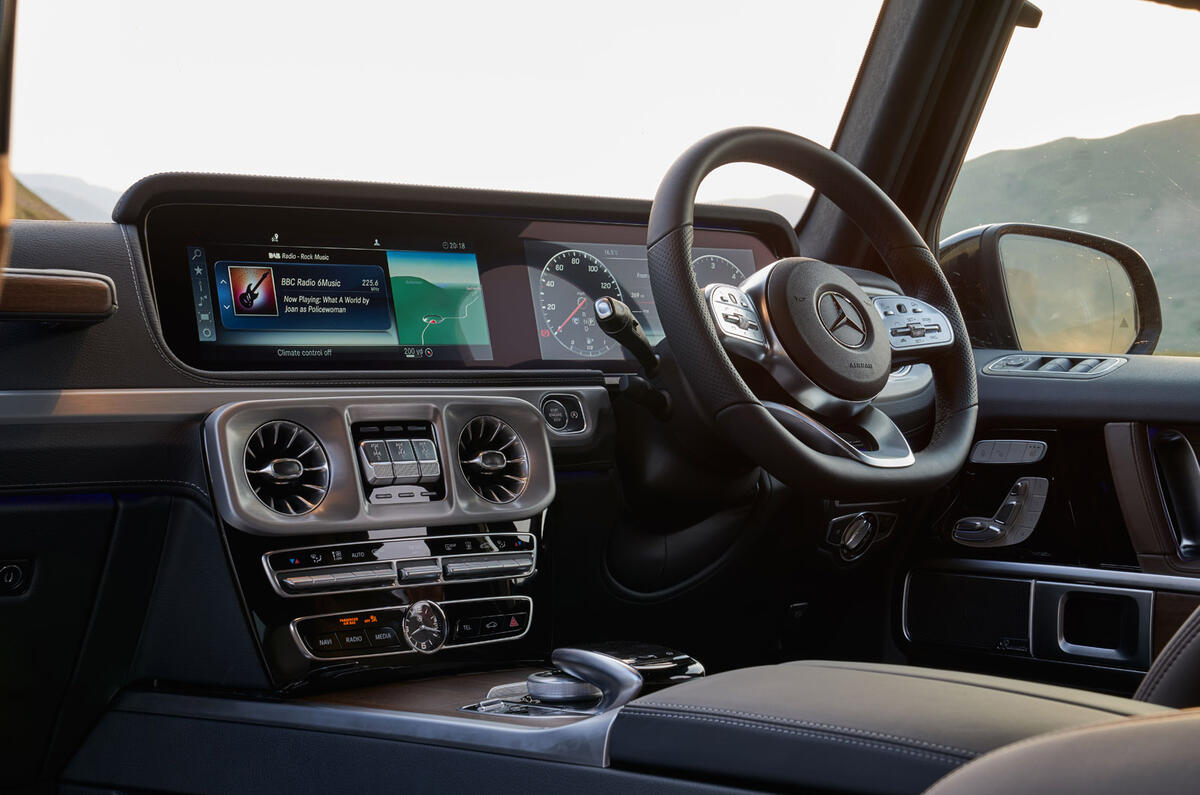
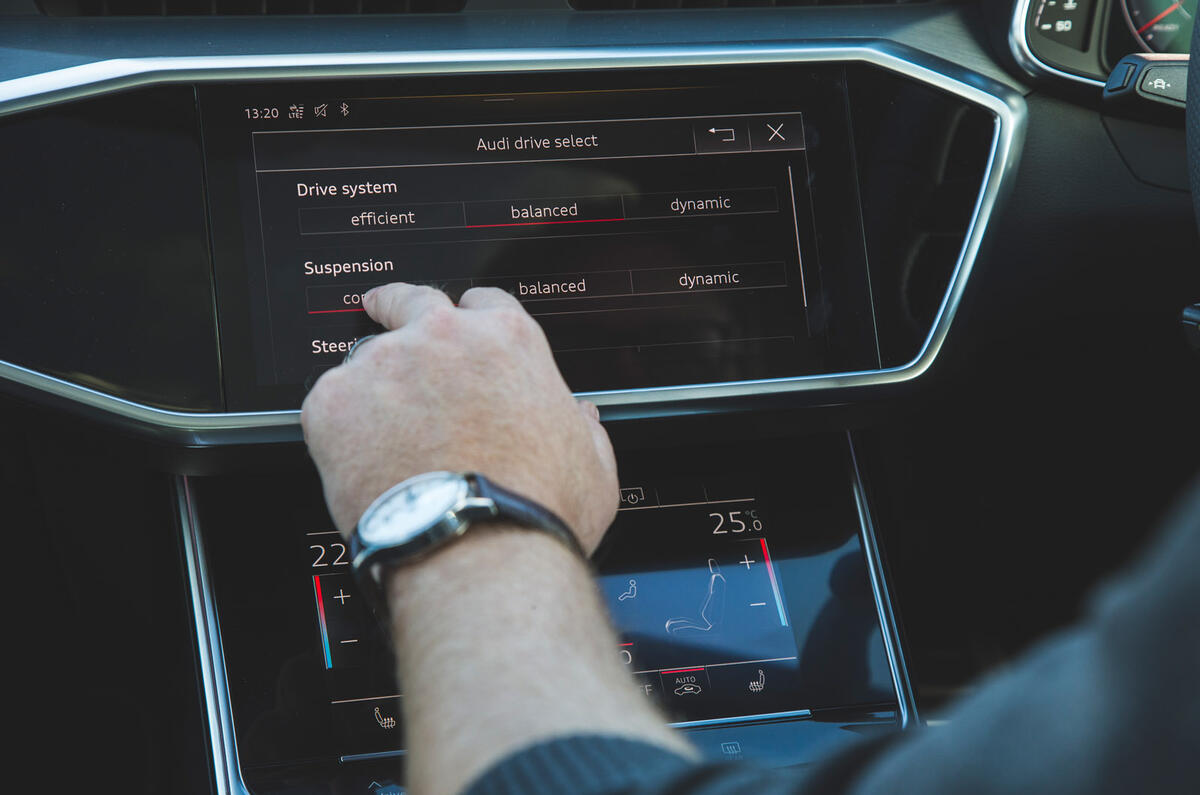
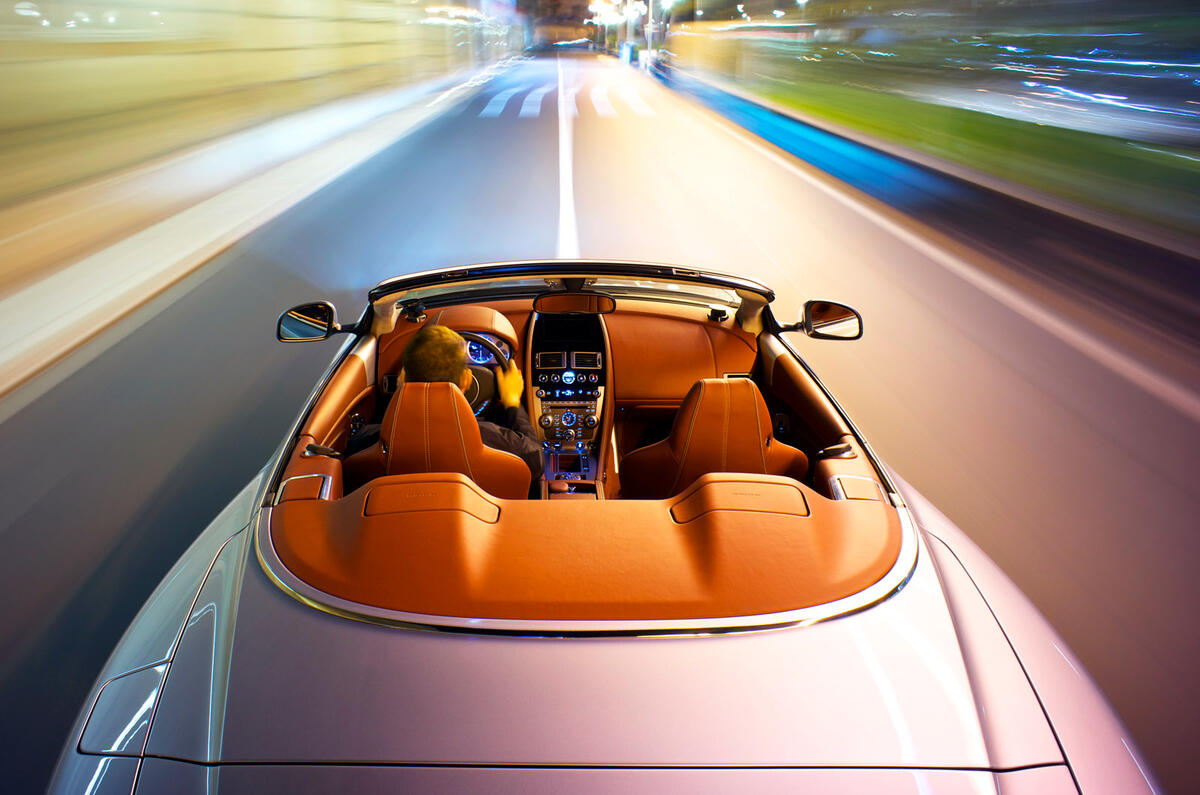
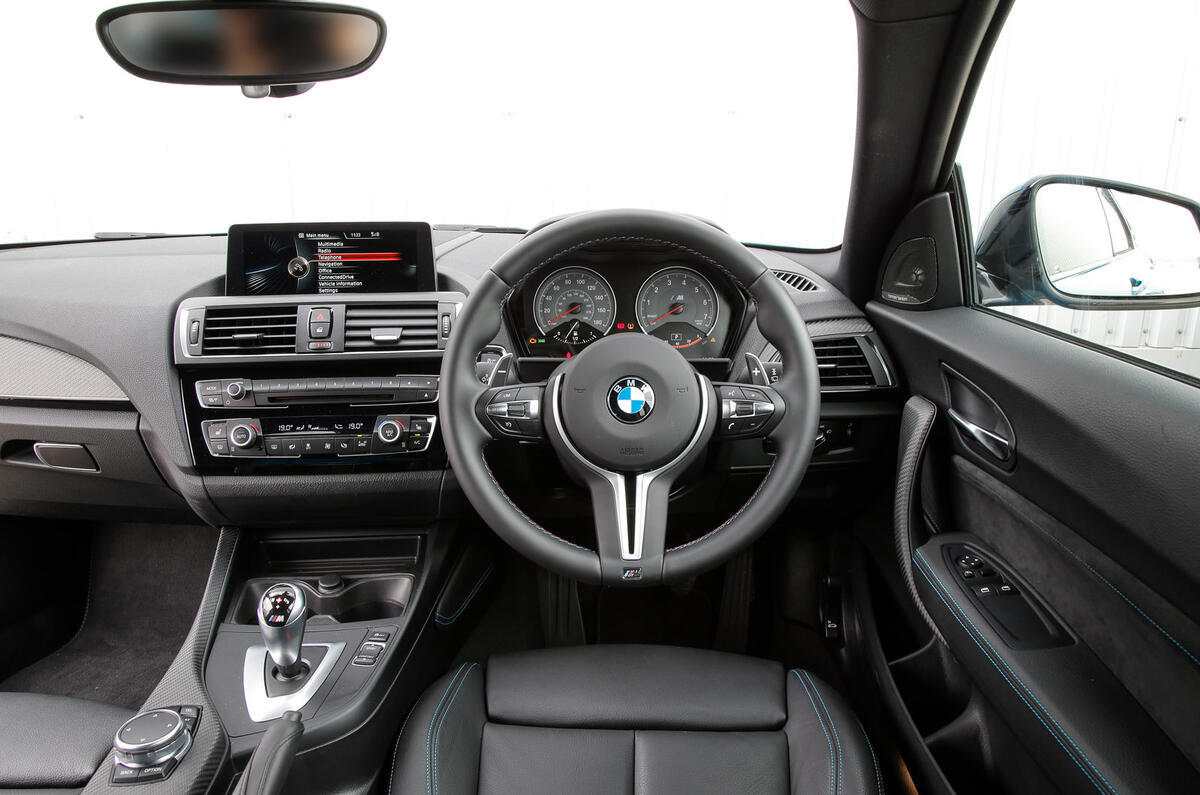
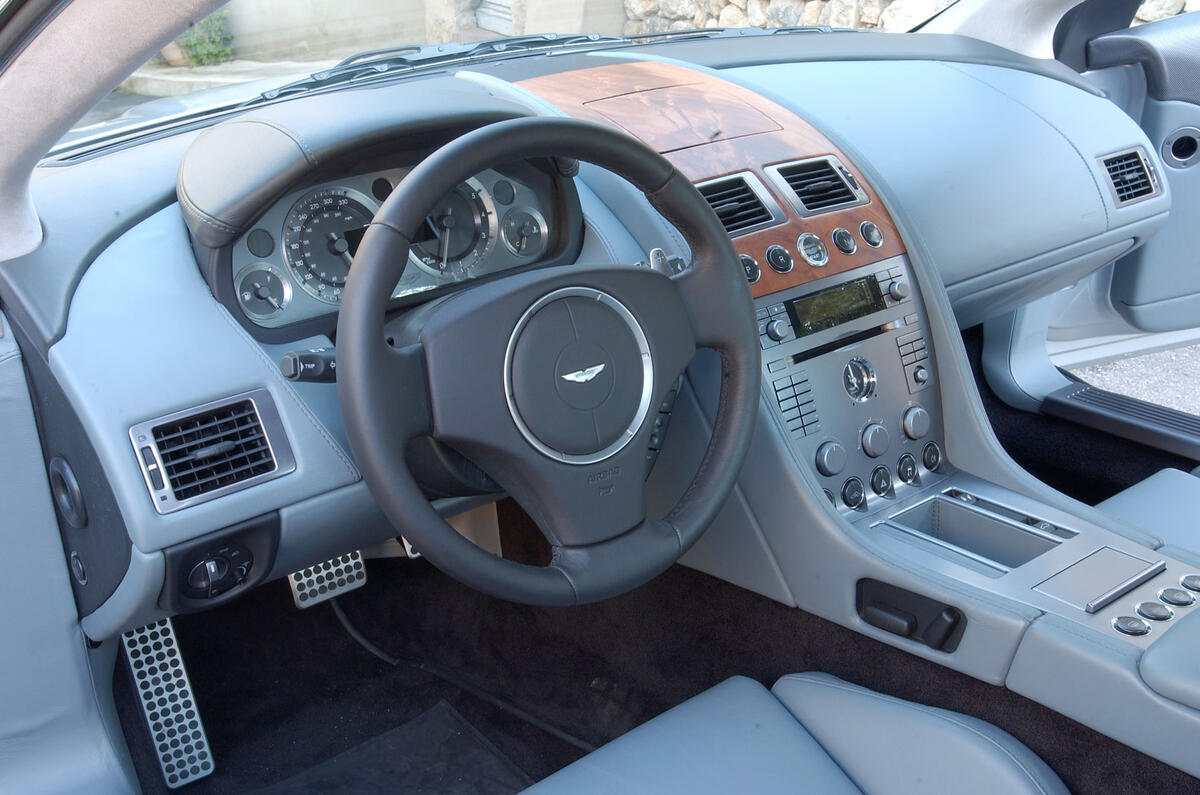
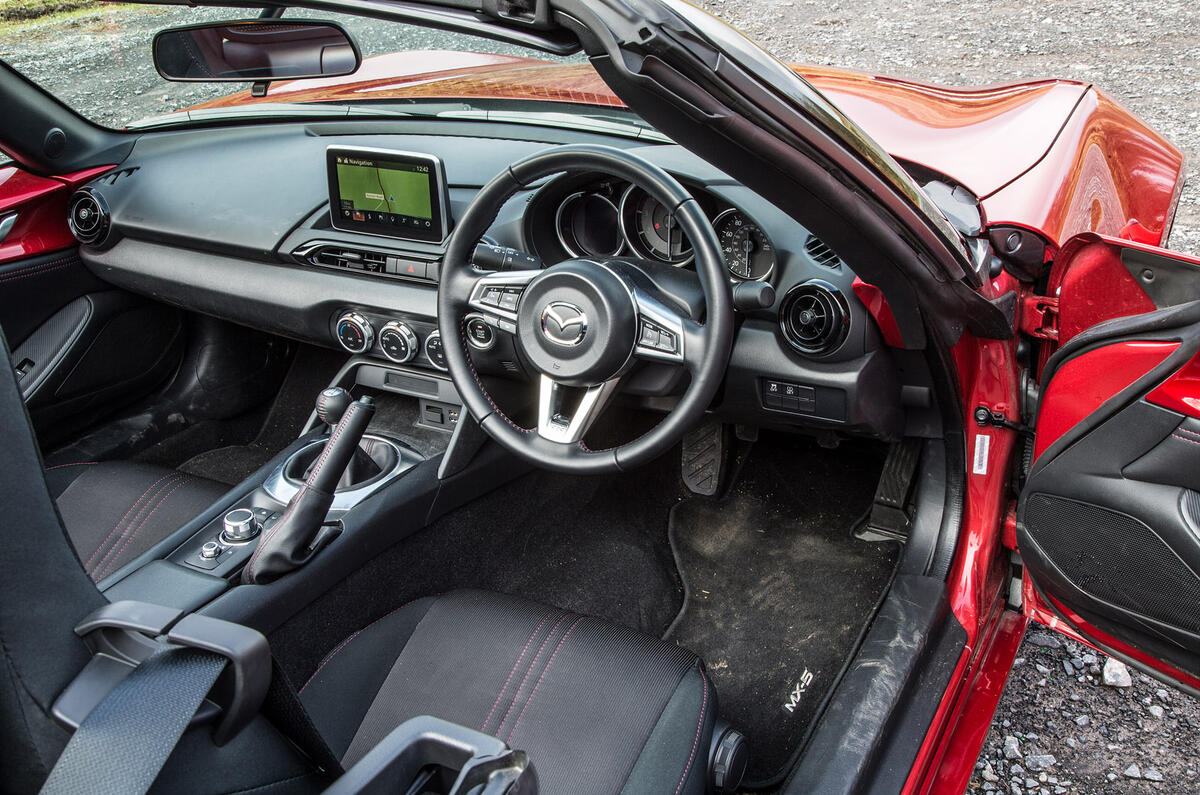
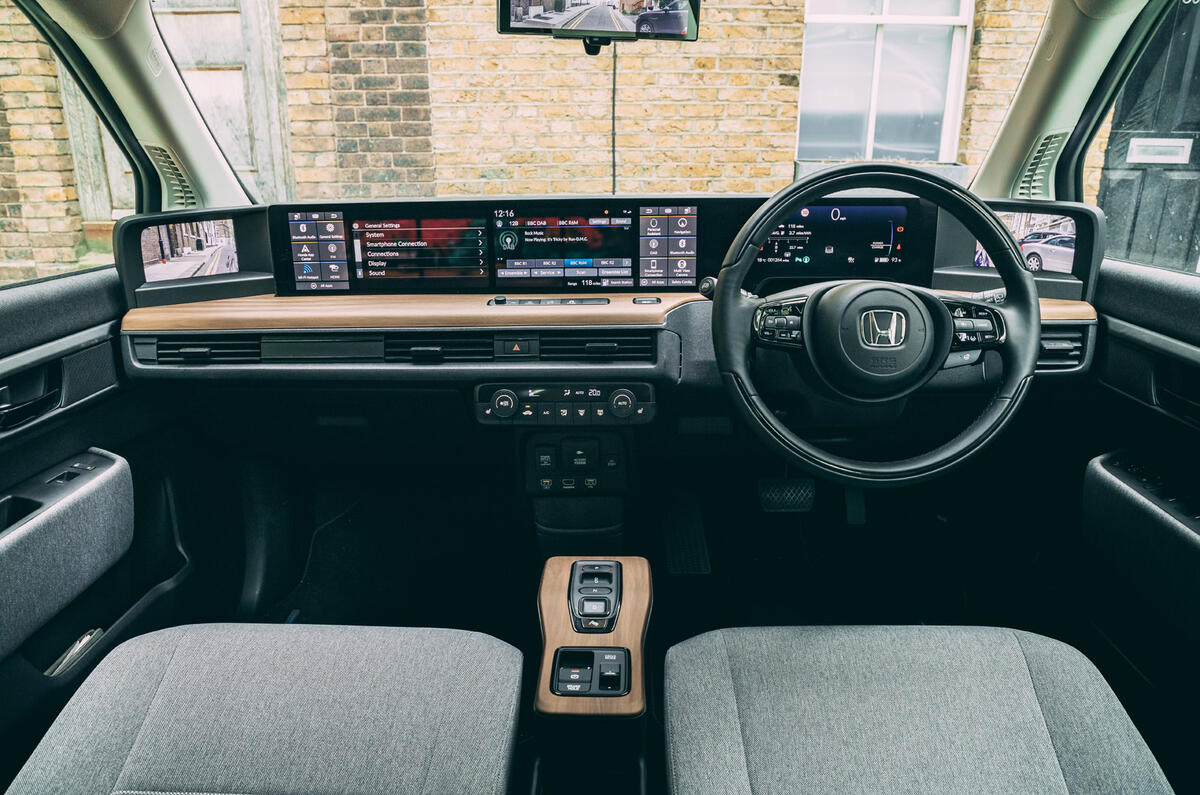
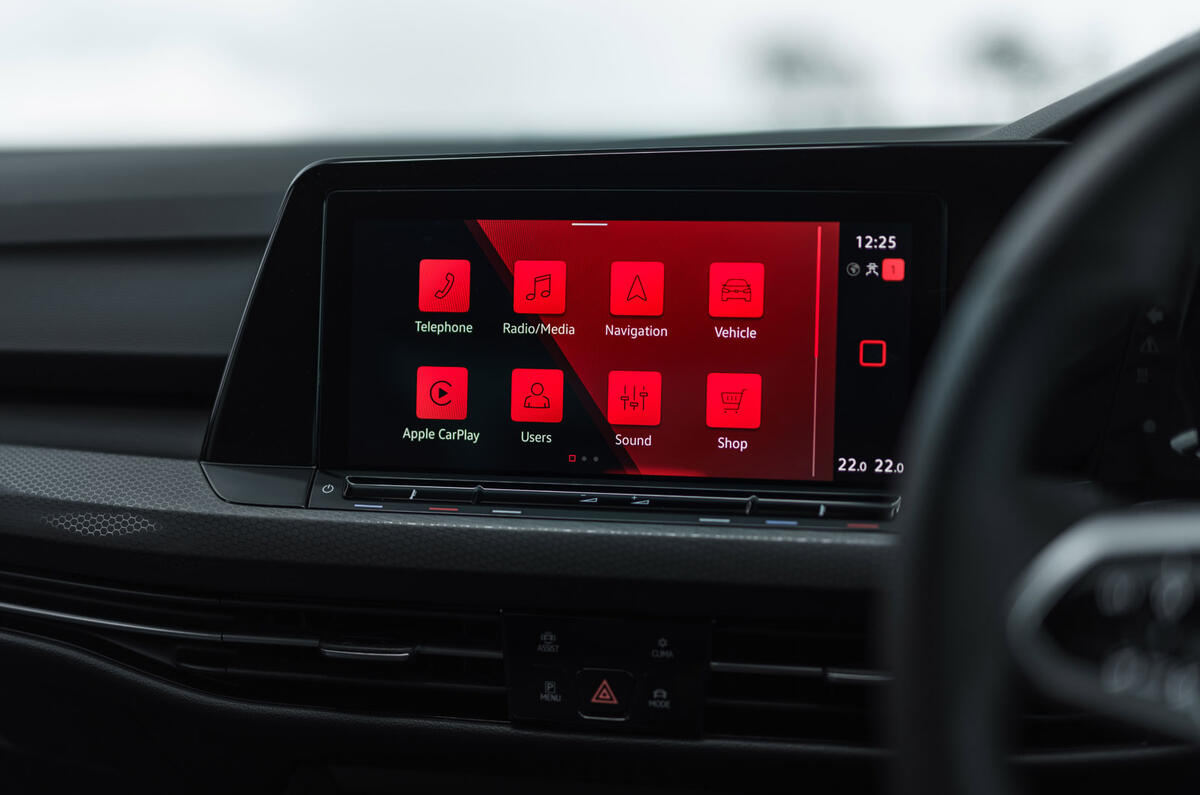
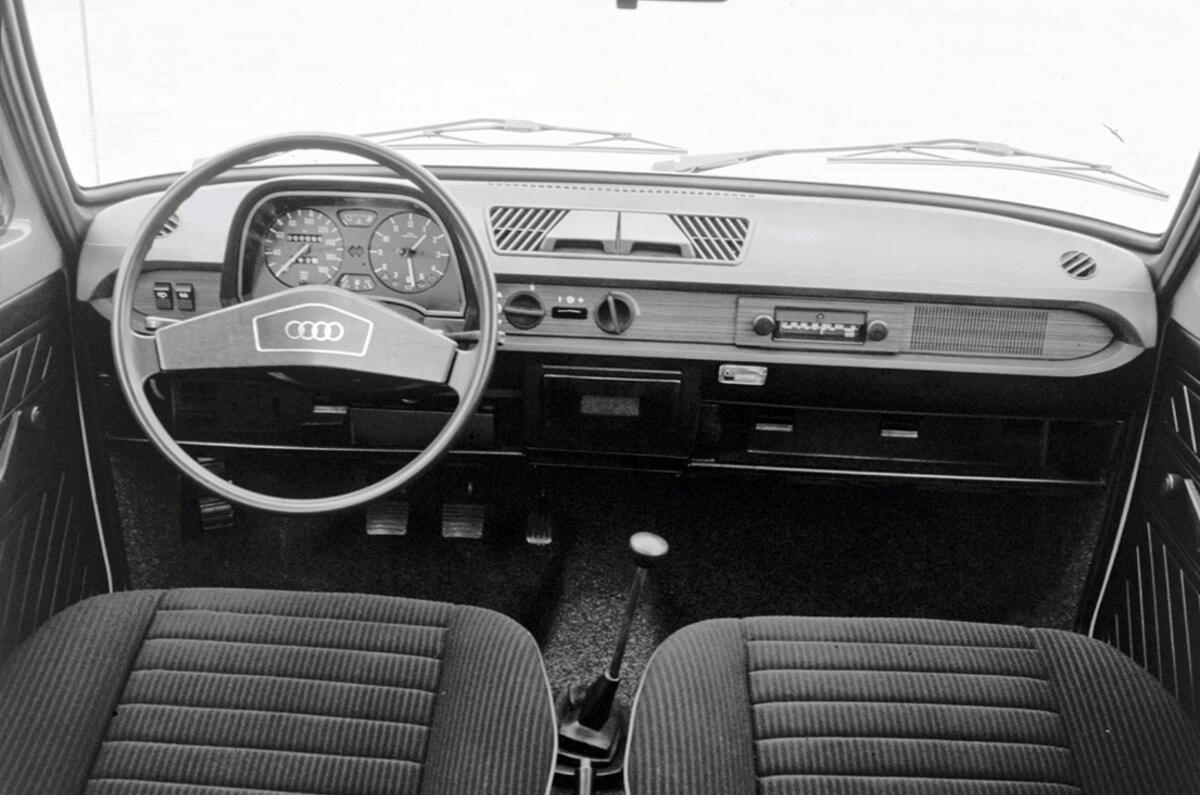

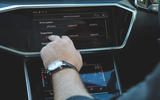
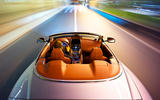
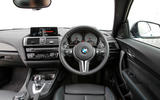
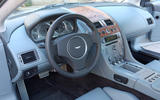


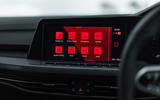
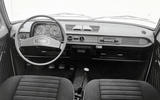

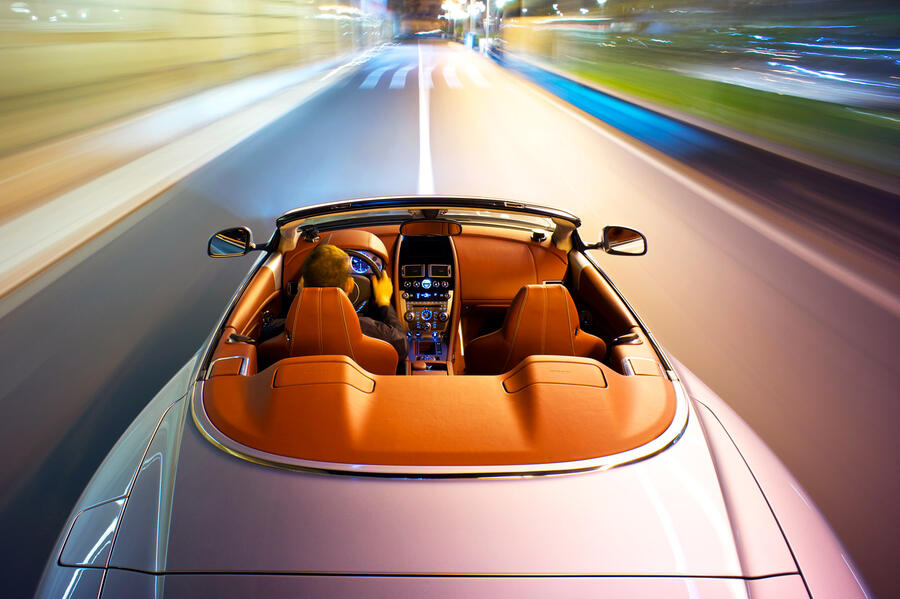
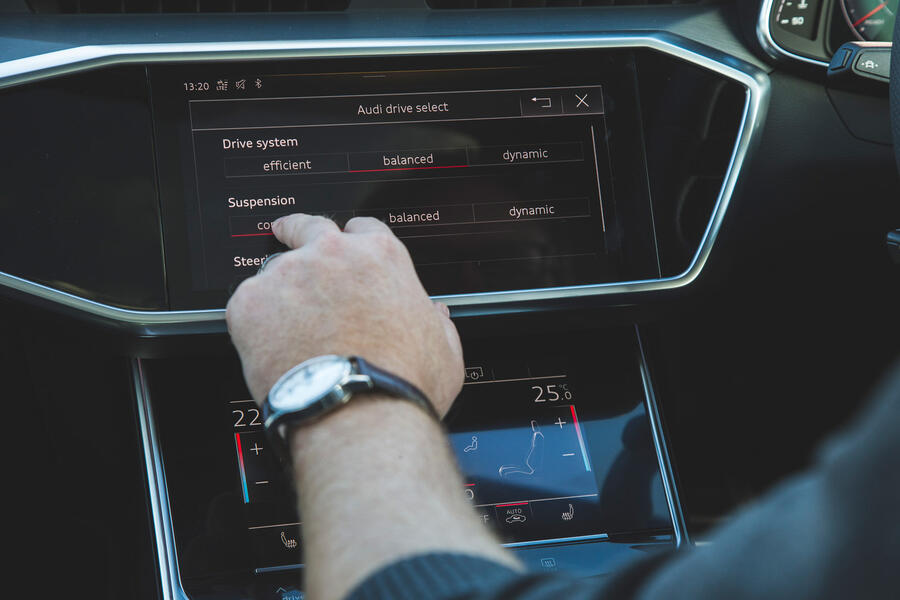
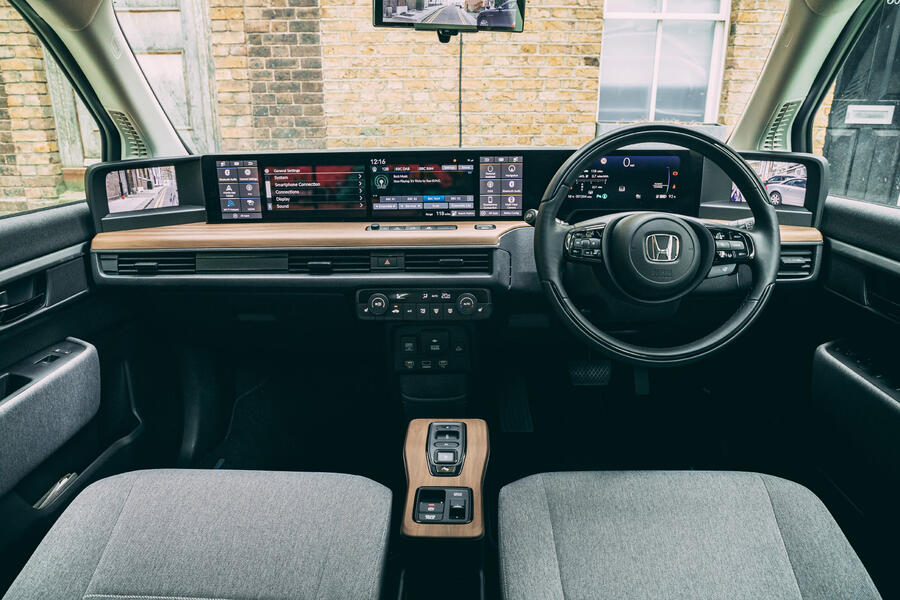
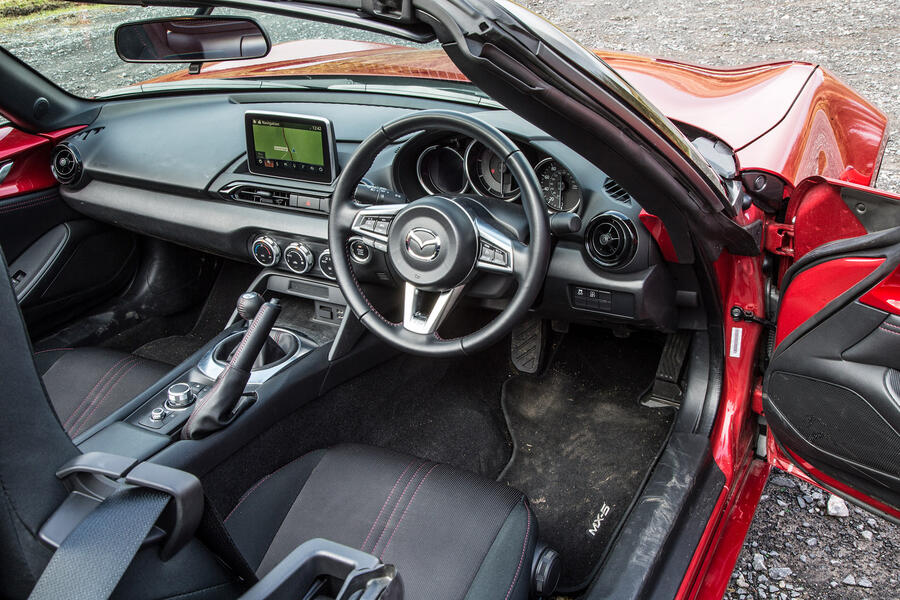
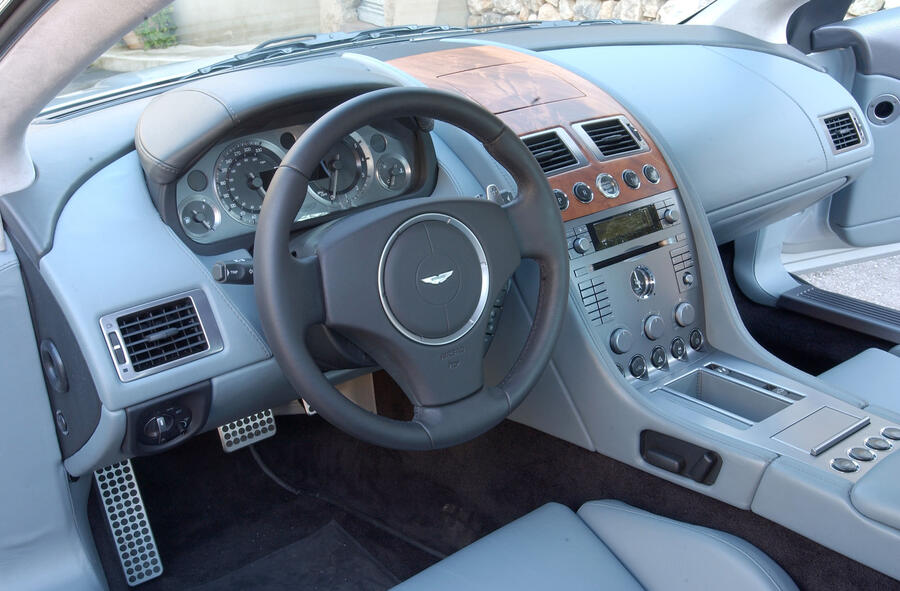
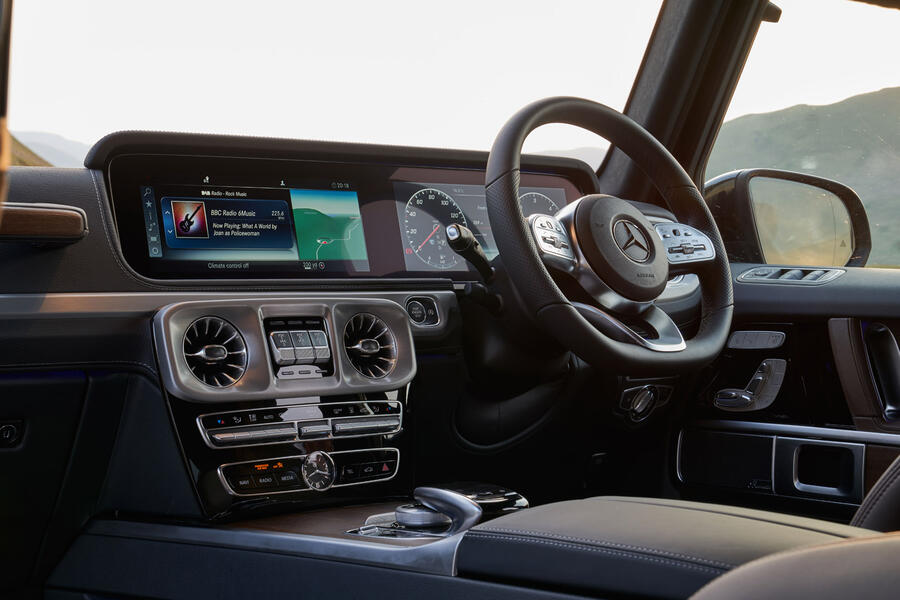

Join the debate
Add your comment
AF, I have to disagree with your inclusion of the DB9's interior as an example of one that doesn't work. I speak from experience - I have a V8 Vantage that I bought new in 2009 (with the later, DBS-style center stack). The instruments are NOT impossible to read, though they are absolutely gorgeous. Only the analog speedo is hard to read at a glance. It reads, unnecessarily, to 220 mph, so the is compressed. It's a non-issue, though, because there is also a large and very clear digital speed display. The other gauges are easy to read. Regarding the switchgear, there are large knobs for adjusting the most-frequently adjusted items, such as temperature and air distribution, radio volume, etc. And yes, there is just one large button that needs to be pushed to switch off the stability control. There are numerous small and more fiddly buttons for other things, but familiarity makes that a non-issue.
I seem to remember Saab, remember them, had a facility where at Night you could switch of most of the dash, and only have the speedo working?
Yes, the night driving function. It was among several nice ideas from Saab whose dashboards were always designed around ergonomic facts. The old 900 dashboard was superb.
Citroen got a lot of stick for some of their controls. They were ergnomic but not immediately easy to work. Once you learned them they were more effective than easily-learned solutions. Design researchers know this phenomenon, the trade off between ease of learning versus effectiveness in use. Once you´ve learned the details of the CX controls other ones seem a bit stupid. I rather wish it was was possible to offer customers the choice of easy-to-learn or effective-to-use. Why not offer a choice of control designs? I don´t mean something buried in menus but physical buttons and switches in modular assemblies.